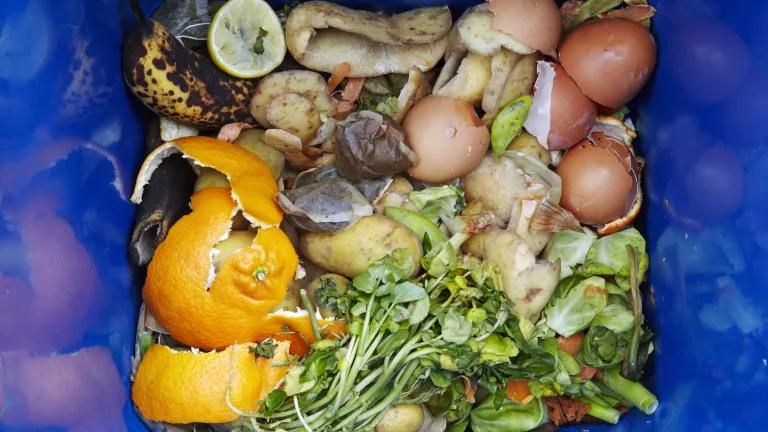Is USDA COVID Relief Leaving Out Vulnerable Farmers?
The COVID crisis is bringing our food system’s vulnerabilities and failures into stark relief. USDA should be rising to this challenge, and actively supporting innovative farmers who will increase food system resilience over time.
Learn more about NRDC’s response to COVID-19.
As COVID-19 continues to threaten health and livelihoods across the country, the Trump administration finally began distributing federal farmer relief funds (known as the Coronavirus Food Assistance Program) approved back in March under the CARES Act. As of June 8th, nearly $1.5 billion have been approved. Based on early data, there is ample reason to worry that these precious resources will not be used to help the farmers that need them most.
The initial USDA public disclosure report shows that livestock producers have received the most money so far: $676 million. This is closely followed by beneficiaries in the row crop (think corn, soy and other commodities) and dairy sectors, each receiving more than $300 million. In contrast, less than $25 million has been allocated to growers of fruits, vegetables and nuts (known as “specialty crops”). These also expenditures also skew geographically, with producers in Midwestern farm states like Iowa, Kansas and Nebraska—known to be centers of livestock, feed grain and ethanol production—receiving the bulk of the payments.
Conspicuously absent from the disclosure report are data on farm size, demographic data, market channels, and other details that would shed light on who is benefiting from the program. This is especially important in determining if small and mid-sized farms that have struggled as a result of the pandemic are receiving the support they need to survive this crisis. The CARES Act specifically called out producers that supply local food systems as one of three groups to receive support, but it did not specify how the funds should be divided. Congress’s failure to include mandatory language designating funding specifically for those farmers was not lost on the Trump Administration. Secretary Perdue previously stated that USDA will make direct payments to farmers and ranchers “regardless of size or market outlet.” He also noted that USDA is “free to use the $9.5 billion [in CARES Act funding] for really all situations.”
Farmers whose markets disappeared overnight—restaurants, schools, farmers markets, etc.—urgently need funds to rebuild their businesses and ensure that the food they produce doesn’t go to waste. Diversified small- and mid-sized farms face a particularly tough road, because they typically have little access to the federal support programs that prop up industrial meat and commodity crop production. Farmers who must also overcome systemic disadvantages, including Black, Indigenous, and people of color (BIPOC) producers, have an even more limited safety net to carry them through this crisis.
Concerned that USDA’s free-for-all approach would leave small, beginning and socially disadvantaged farmers out in the cold, Senators Stabenow, Brown and Collins sent a letter to USDA in late April, urging the agency to set up programs that prioritize local farmers. It seems that the Senators’ request fell on deaf ears. By refusing to set aside funds for the farmers specifically named in the CARES Act, USDA is both failing to meet an urgent need and missing an opportunity to generate a better long-term return on this public investment.
As it turns out, the diversified farmers who are least likely to receive support from USDA are also the farmers who work hardest to keep our communities healthy. They boost local economies by selling directly to buyers in their communities. They depend less on agricultural chemicals that harm people, pollinators, air, soil and water. They protect and nourish soil and often rely on farming practices that help keep carbon in the ground. In other words, they are the foundation for exactly the type of sustainable and resilient farming systems that we need our public dollars to support.
The COVID crisis is bringing our food system’s vulnerabilities and failures into stark relief. USDA should be rising to this challenge, and actively supporting innovative farmers who will increase food system resilience over time. Instead, the Trump Administration has ignored Congress’s first attempt at helping these farms survive and appears to be doubling down to further entrench the status quo.





